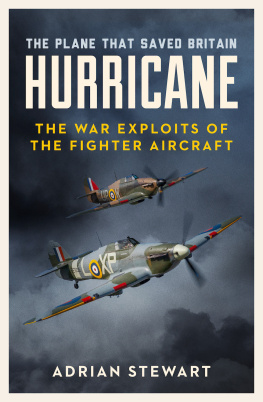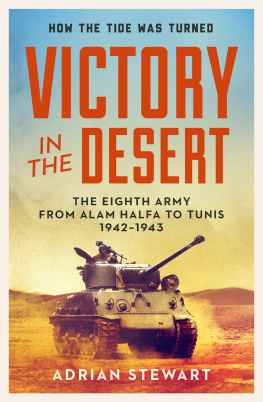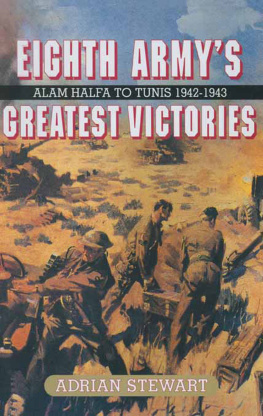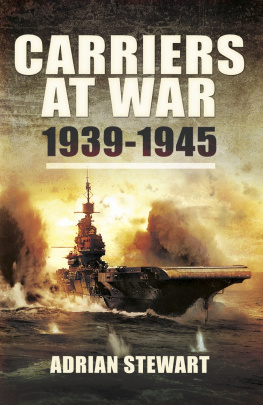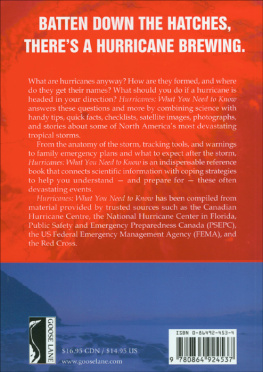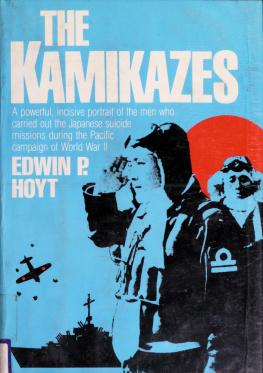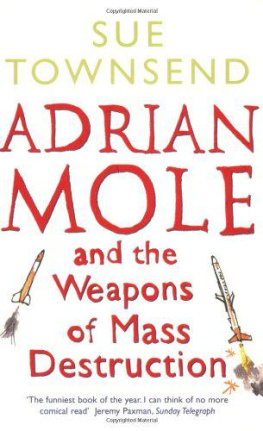To my fellow Hurricane admirers/enthusiasts/fanatics.
First published in Great Britain in 2016 by
PEN & SWORD MILITARY
an imprint of
Pen & Sword Books Ltd
47 Church Street
Barnsley
South Yorkshire S70 2AS
Copyright Adrian Stewart, 2016
ISBN: 978 1 47384 842 9
PDF ISBN: 978 1 47384 845 0
EPUB ISBN: 978 1 47384 843 6
PRC ISBN: 978 1 47384 844 3
The right of Adrian Stewart to be identified as the author of this work has been asserted by him in accordance with the Copyright, Designs and Patents Act 1988.
A CIP catalogue record for this book is
available from the British Library.
All rights reserved. No part of this book may be reproduced or transmitted in any form or by any means, electronic or mechanical including photocopying, recording or by any information storage and retrieval system, without permission from the Publisher in writing.
Typeset in Ehrhardt by Chic Graphics
Printed and bound in England
by CPI Group (UK) Ltd, Croydon, CR0 4YY
Pen & Sword Books Ltd incorporates the imprints of
Pen & Sword Archaeology, Atlas, Aviation, Battleground, Discovery, Family History, History, Maritime, Military, Naval, Politics, Railways, Select, Social History, Transport, True Crime, Claymore Press, Frontline Books, Leo Cooper, Praetorian Press, Remember When, Seaforth Publishing and Wharncliffe..
For a complete list of Pen & Sword titles please contact
PEN & SWORD BOOKS LIMITED
47 Church Street, Barnsley, South Yorkshire, S70 2AS, England
E-mail:
Website: www.pen-and-sword.co.uk
Acknowledgements
I must, as always, express my indebtedness:
For the production of the book, to Brigadier Henry Wilson, Matt Jones and their colleagues at Pen & Sword Books Limited; Andrew Hewson and his colleagues at Johnson & Alcock Limited; and my editor Pamela Covey, whom nothing daunted.
For the manuscript, to Sylvia Menzies; for the cover, to Jon Wilkinson; for the photographs, to Christopher Shores, Philip Fisher and his staff at the Birmingham & Midland Institute & Library and the staff of the Taylor Library.
For additional information to:
Squadron Leader Bryan Colston,
Colin & Mary Cook,
F.W.T. Davis,
Christopher Shores,
John Michael Thayer,
James Thornley Marshall.
To all the above, my sincere thanks.
The front cover, designed by Jon Wilkinson, shows aircraft of 85 Squadron returning to base after combat during the Battle of Britain. It pays tribute to the Hurricanes well-deserved reputation for surviving massive damage and still bringing its pilot home safely.
Prologue
The Worlds Finest Flying Club
For the officers and men of the young Royal Air Force, the years from 1922 to 1933 were a golden age. By 1922, the new service had successfully resisted all attempts to destroy its independent existence. Admittedly, the pious conviction that the First World War had been a war to end wars had resulted in a drastic reduction of its strength. This, though, had increased its community spirit and self-reliance by turning it into a small, select fellowship in which almost everyone knew everyone else and friends in different squadrons were kept fully informed about each others activities. It was frequently stated that the RAF resembled a close-knit flying club; not only that but the finest one in the world.
Service morale was increased still further when RAF actions in Somaliland, Turkey and Iraq and on the North-West Frontier of India effectively prevented or quelled uprisings, raids, banditry and the threat of major hostilities with very few casualties and, as the politicians gratefully noted, at strictly limited expense. It was sustained by the interest and support shown by the general public, particularly at the Royal Air Force Display held every year at Hendon, chiefly to raise money for the RAF Benevolent Fund. Generously favoured by the weather, even in the otherwise notoriously dreadful summer of 1931, the display attracted huge crowds who delightedly watched set-piece bombing attacks on enemy strongholds that invariably disintegrated in a spectacular explosion, aerial drill by squadrons of brightly-coloured fighters and individual exhibitions of aerobatics including, in 1931, a particularly highly-praised one by a certain Pilot Officer Douglas Bader.
Both the bomber and the fighter aircraft of the time were biplanes. Back in September 1912, two monoplanes had broken up in the air, as a consequence of which, in the following month, the Royal Flying Corps had banned the use of military monoplanes. The ban was lifted five months later, but the belief that monoplanes lacked sufficient structural integrity long persisted. Moreover, most aircraft manufacturers preferred to continue with the production of biplanes, to which they were accustomed and with which they were experienced. So when in February 1925 Sydney (later Sir Sydney) Camm, who that year became Chief Designer at H.G. Hawker Engineering, the privately-owned predecessor of Hawker Aircraft Limited, proposed a monoplane fighter to be armed with two Vickers machine guns and powered by a Bristol Jupiter engine, his suggestion met with no favour and never progressed beyond the drawing board.
Camm therefore continued with his biplane designs, and in July 1929 there appeared on the Hawker stand at the Olympia Aero Show a light bomber and an interceptor fighter, both of course biplanes, both with a Rolls-Royce Kestrel engine and both winning widespread admiration from all who saw them. Camm is said to have maintained that an aircraft designer must have a knowledge of aerodynamics, some elementary mathematics and an eye for beauty and in both these aircraft all three requirements, but especially the last, were clear for all to see.
Camm is also reputed to have expressed a preference for designing fighters, so he must have taken great pleasure in his Hawker Hornet which, after further trials and the installation of a more powerful version of the Kestrel engine, became the Fury; this entered RAF squadron service in May 1931. Yet his Hawker Hart light bomber was only marginally less beautiful and would have a far greater influence on the future.
The Hart had first flown in June 1928 with a top speed of 184 mph, some 10 mph in excess of any existing RAF fighter. Over 1,000 Harts would be built a huge number in peacetime and in addition it formed the basis for a number of derivative types, collectively called Hart Variants, of which over 1,800 were produced. There was an improved bomber version called the Hind, a fighter version named the Demon, a naval reconnaissance aircraft with folding wings and floats known as the Osprey and the army co-operation Audax. The latter in turn led to the Hector, an improved version, the Hardy for use in Iraq and the Hartbees (or Hartebeeste as it was sometimes known) for use in South Africa.
In February 1930 Harts entered service with 33 Squadron and in that years Annual Air Defence Exercises they proved quite impossible to intercept. They repeated their successes in 1931, hitting Northolt aerodrome with tennis balls marked bombs before they could be engaged. Only the Harts fighter cousins, the Demons, were capable of intercepting them and their performance was only marginally superior. Even the Fury, shortly to enter RAF service, would not solve the problem posed by the Harts, for with a top speed of 207 mph and an inadequate armament of two Vickers machine guns, it could be regarded as no more than a useful stop-gap.
It was clear that the Royal Air Force desperately needed a new, improved fighter and in an attempt to obtain one, the Air Ministry issued Specification F7/30. This called for an interceptor that would be capable of operating by day or by night, attain a top speed of 250 mph, mount four Vickers machine guns and, it was suggested, be powered by the new Rolls-Royce Goshawk engine. Encouraged by the promise of large production contracts, several aircraft manufacturers attempted to meet the F7/30 requirements. Camms candidate was the PV3, an improved version of the Fury with a Goshawk engine but the eventual worthy winner was the Gloster Gladiator. The most significant effect of the Specification, though, was to convince many people that no further development of the biplane could be expected, so future advances must be sought elsewhere. The need for these would soon become increasingly apparent.


